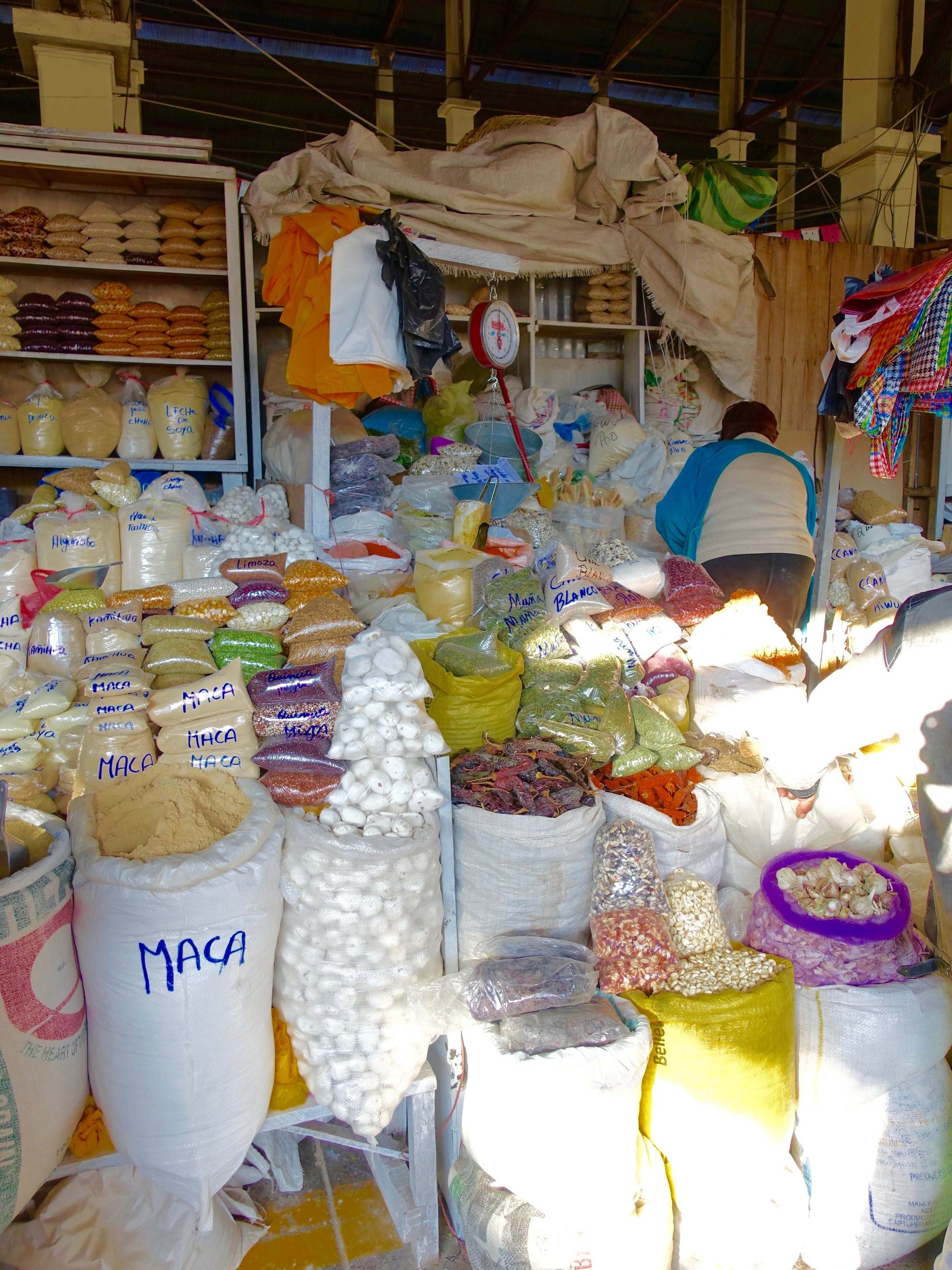Top 5 things to do in Cusco, Peru
Top 5 things to do in Cusco, Peru
For many travelers, particularly Americans operating on limited vacation schedules, Cusco serves as a one-day stopover to adjust to the altitude on the way to Machu Picchu or the lesser known Inca citadel of Choquequirao. Commonly referred to by Peruvians as "the belly button of the world", Cusco offers an endless array of museums, food markets, walking tours, ancient Inca ruins, and day hikes.
The following Top 5 list includes what I feel are the most interesting, unique, and worthwhile sites in and near Cusco. Most can be accessed on foot or by a short taxi ride. Any can be visited in half a day and all could be combined for a long, full-day of fun. If you have more time on your hands, I also recommend visiting the artsy San Blas neighborhood, Santo Domingo Cathedral, and Coca Museum within Cusco and taking full-day trips to explore Inca ruins in Ollantaytambo and hike the spectacular Rainbow Mountain, Vinicunca, sitting at 5,200 meters of elevation. A similar but less challenging (and less touristy) hike to “the other” rainbow mountain, Palccoyo, is can be found here.
Want some ideas on what to pack? Check out my favorite travel products, nearly all of which came in handy on my solo adventure of Peru.
Maras + Moray
Technically, Maras and Moray are two separate sites but they are always visited together on the same half-day day trip from Cusco and are collectively known as as "Maras Moray". This half-day trip also often includes a visit to Chinchera, where local women demonstrate traditional textile dying and weaving techniques and those with a full-day option can also tack Ollantaytambo village and ruins onto the itinerary.
The 3,000 salt wells at Peru's Salineras de Maras, have been economically exploited since Inca times. Liquid salt flows from the mountains into the wells, where it sits for about a month. After the water evaporates, various kinds of salt are left behind, including table salt, nutritious pink salt (similar to pink Himalayan salt), and earthy, "medicinal" salt, which is often used as bath salt. As these are working salt mines, it's fascinating to watch workers recover salt from the mines.
Moray is a former Inca agriculture greenhouse/laboratory, originally formed by a meteor strike. The Inca took advantage of the natural shape and planted crops on terrace rings, creating a series of micro climates to test how crops grow at different altitudes and temperatures. The temperature at the top of the pits varied as much as 59F degrees (15C). Considering the varied geographic conditions across the vast Inca empire, Moray served as a testing ground to see which crops would grow well in different areas.
Textile demonstration in Chinchera
Moray's Inca agricultural test lab terraces
Maras salt mines near Cusco
San Pedro Market
Visiting food markets is at the top of my list in every country I visit and San Pedro market did not disappoint. During the 10 minute walk from the Plaza de Armas, you'll notice women in traditional dress sitting along the streets selling small bags of popcorn, dried fruit, and nuts and one-stop shops selling everything from freshly-squeezed juice to alpaca baby clothing. Just outside the market, women sit next to huge piles of oranges and wheelbarrows full of strawberries for sale.
Once inside the market, you'll find stall after stall selling the same cheeses, breads, chocolates, chicken soup, bulk almonds, scarves, and souvenirs so be sure to look around before making any purchases. A common quick snack is choclo (a large kernel variety of corn) and cheese, which many women, mostly seated on the floor of the market, are very happy to sell you. Salchipapas, sausage and potatoes, is another common dish in Peru and among the San Pedro food stalls. Vegetarian and vegan food are less common here than in actual restaurants, but I enjoyed a large plate of rice, lentil soup, salad, and seasoned potatoes. My favorite find at the market was aguaymanto, also known as "Inca berries", a superfood growing in popularity around the world.
One of San Pedro's many cheese vendors
Berries sold outside San Pedro Market
EVERYTHING is for sale in Cusco's San Pedro market
Plaza de Armas
The Plaza de Armas, located in the very center of Cusco, is very similar to those in other South American cities. It makes a great starting point for any city tour and can be a low-energy activity while you're adjusting to the altitude. Enjoy some coca leaf tea and grab a seat anywhere around the main square for a view of the spectacular surrounding buildings and bustling city life. Its very likely that shoeshine boys will offer their services and street vendors will suggest you purchase their souvenirs and you may even be treated to live music and dance from street performers.
Tourist agencies, shops, and restaurants (ceviche alert!) line the plaza and in the very middle, you'll find a statue of Tupac Amaru. Few people know that Tupac Amaru Shakur (the rapper) was named after the Andean revolutionary, Tupac Amaru, who led a revolt against (and was then killed by) the Spanish. Be sure to visit the plaza both during the day and at night to fully appreciate the culture, vibrancy, and photo opportunities!
The Cathedral in the Plaza de Armas
Plaza de Armas in central Cusco
San Blas Plaza in central Cusco
Qoricancha
The religious complex of Coricancha (Qorikancha) contained the Temple of the Sun, which was not only the most sacred site in the Inca religion but was also considered the very center of the Inca world. The site was also known as the Golden Enclosure, dedicated to the highest Inca gods and goddesses. Its walls were once covered in solid gold, while courtyards and niches featured heavy golden statues. This is, arguably, one of the most stunning examples of Inca ruins, displaying the incredible precision the Inca used to so neatly cut and fit together massive granite blocks without mortar and using only 15th century technology.
Qoricancha
Tambomachay
Sacsayhuaman
Sacsayhuamán
The Spanish tried hard to eradicate any visible reminder of its former rulers, breaking down many Inca ruins and using the stones to build churches and other buildings in Cusco. Yet, much of Cusco’s pre-Columbian history remains. Above the city looms the ancient military fortress of the Inca: Sasayhuamán, constructed with stones that were too heavy for the Spanish to move. The largest weighs over 125 tons! The ruins can be reached by taxi, bus, or by foot. Note that walking to the ruins allows you to fully appreciate the view of the city but the walk itself is fairly challenging considering Cusco's high altitude.
Sacsayhuamán, sometimes referred to as "Sexy Woman" by foreigners that have difficulty pronouncing it, in and of itself isn't the most astounding site on its own and should be combined with a few other nearby ruins (Puka Pukara, Tambomachay, Qenqo) all of which can be visited together within a couple hours.
Each year, Inti Raymi, The Festival of the Sun, is celebrated at Sacsayhuamán, drawing thousands of locals and tourists to watch an ancient (reconstructed) festival from sunrise to sunset. Inti Raymi takes place on the nine days around the winter solstice, typically in late June, offering an array of colorful costumes, traditional music, and lavish banquets.
Though these sites tend to draw lots of tourists, contact me if you'd like to learn more about non-touristy, authentic experiences in Cusco and Peru.
Related Articles
Choquequirao: The other Machu Picchu. This ancient Inca wonder is larger than Machu Picchu but receives very few visitors due to its difficult-to-access location
Machu Picchu by Bicycle, Raft, & Zipline is about the non-traditional route I took to explore one of the 7 Wonders of the World by bike,
Peru's Desert Oasis: Lake Huacachina is one of the only true desert oasis in the world. Tens of thousands of tourists flock here to swim, sandboard, and speed through the desert in dune buggies.
Lake Titicaca's Knitting Men and Floating Reed Islands explores the most unique village I've ever visited, made up entirely of islands made of reeds.
Puerto Maldonado: Peru's Amazonian Paradise may have been my favorite activity in Peru!













